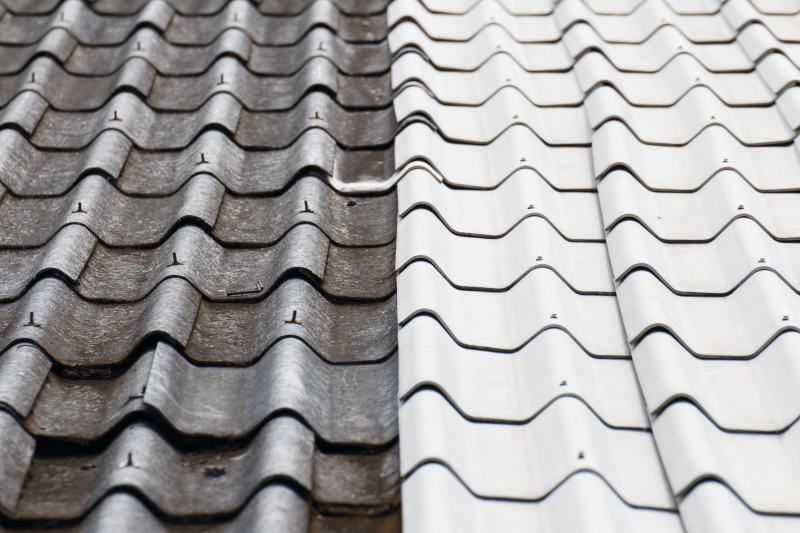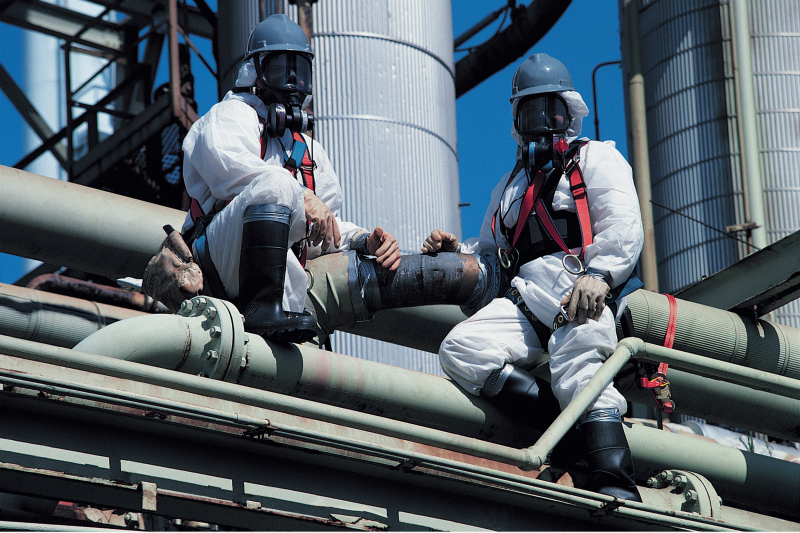Asbestos was once widely used in various products across many industries due to its fire-resistant properties and durability. However, asbestos exposure has been linked to serious health risks, including lung diseases and cancer. Although regulations now limit the use of asbestos-containing materials in new products, there are still many products available that could contain this harmful mineral.
In this blog post, we will discuss the different types of products that may contain asbestos, asbestos exposure risks and how to arrange for safe asbestos removal.
Building products and construction materials
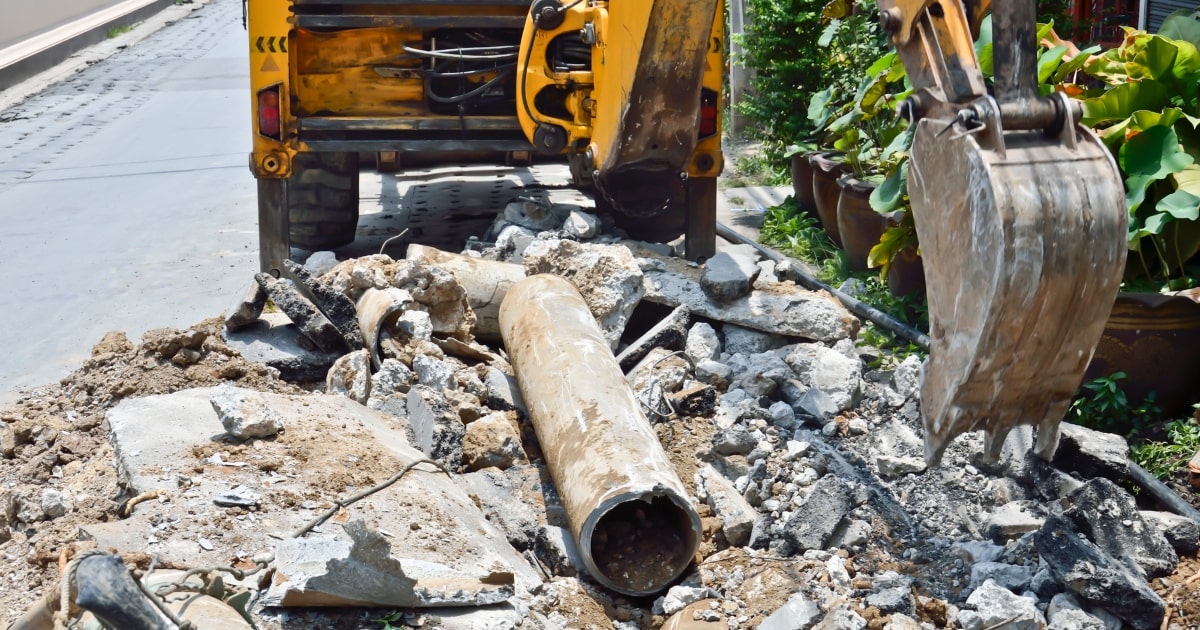
Asbestos-containing building materials were commonly used in Australia before the ban, and it’s still possible that they could be present in buildings constructed between the 1940s and 1990s. Such products may include asbestos roofing materials, fences, tiles, flooring, insulation, wallboards, and asbestos cement products.
Asbestos can be difficult to identify, and the only way to confirm the presence of asbestos is through testing. It’s essential to seek the professional services of experts to inspect any potential asbestos-containing materials and conduct asbestos testing.
These are some of the building products that could contain asbestos:
- Ceiling tiles
- Wall tiles
- Roofing tiles and shingles
- Wall and attic insulation
- Vinyl floor tiles
- Cement products including pipes, cement sheets, and ceiling boards
- Electrical panels
- Ductwork
- Joint compound used in drywall installation
Asbestos cement products
Asbestos was commonly used in the construction and manufacturing industries for its strength, durability, and fire resistance. These products, which included roofing sheets, walls and eaves, and cement pipes, were typically made by mixing chrysotile asbestos fibres with cement.
One popular type of asbestos cement was transite, which was frequently used in building materials and refractory products due to its strength, corrosion resistance, and low friction.
While asbestos cement products were popular from the early 1900s until around 1980, they put workers in these industries at risk of developing mesothelioma and other asbestos-related diseases.
Consumer products
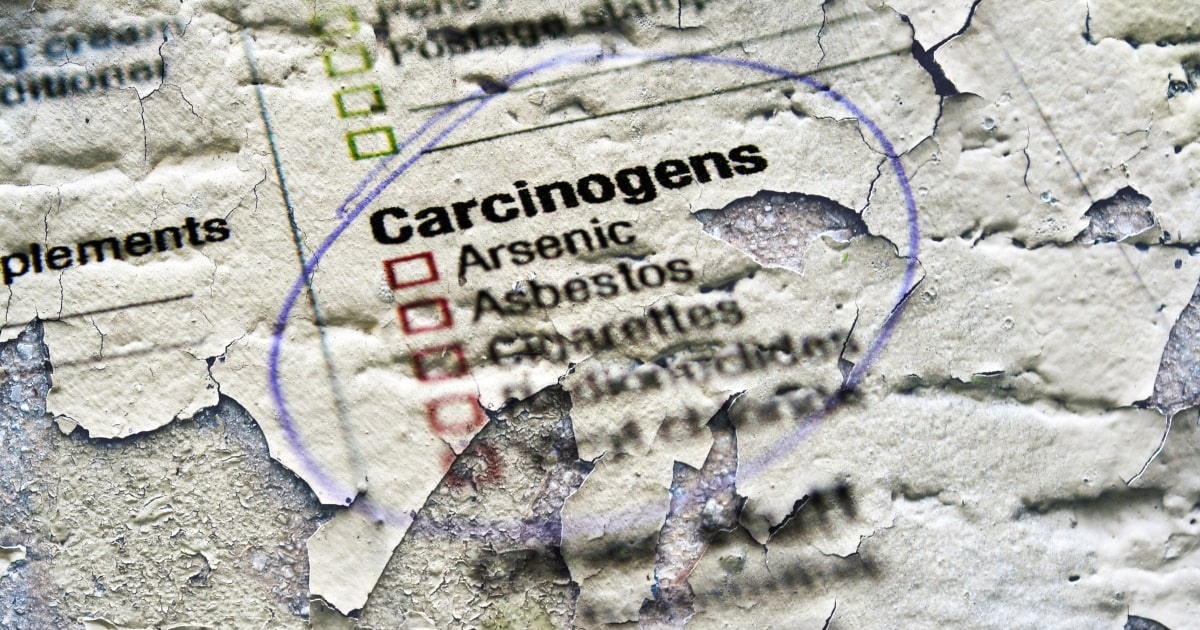
Consumer products containing asbestos were once quite common, with many household items containing asbestos fibres. However, with growing awareness of the risks of asbestos exposure, regulations now restrict the use of asbestos in most consumer products. Nevertheless, it’s still possible that imported products may contain asbestos.
Some commonly found items that may contain asbestos material include:
- Hair dryers
- Popcorn makers
- Cigarette filters
- Ironing board covers
- Certain types of jewellery
- Some artificial Christmas trees
Fireproofing and fire-retardant products
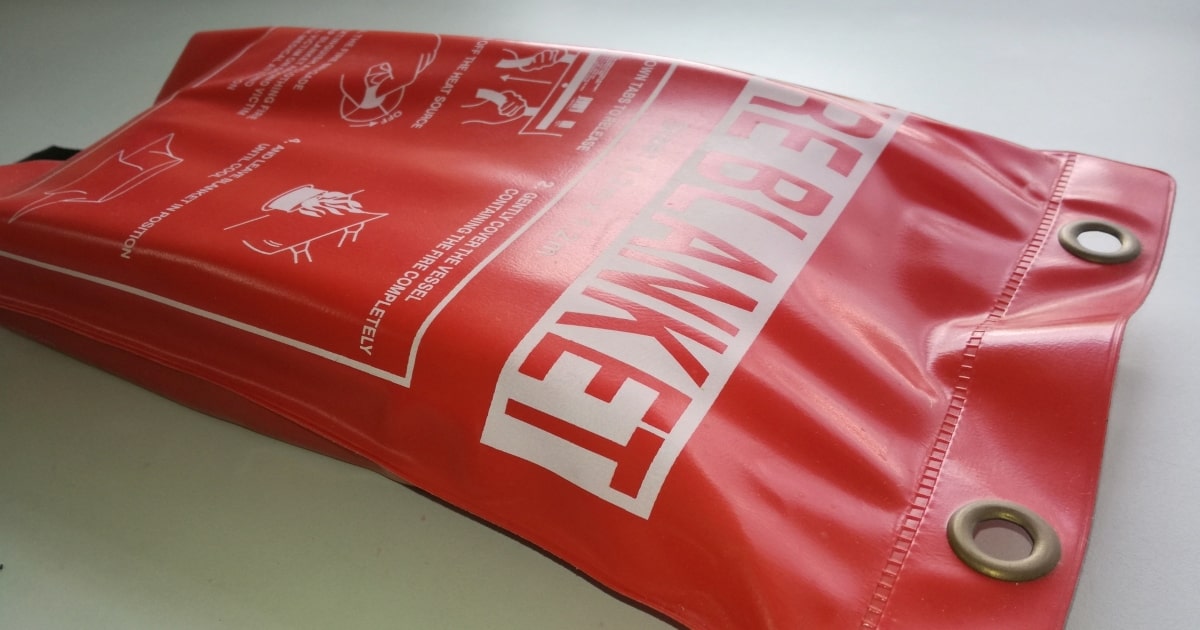
Due to its fire-resistant properties, asbestos-containing materials were often used in products designed to prevent fire.
These products may include fire-resistant fabrics, blankets, and curtains. Other fireproofing and fire prevention materials that may contain asbestos include tiles, textiles and pipes used for high-temperature applications. It’s essential to note that while asbestos-containing fire-resistant products exist, safer alternatives are now available.
Examples of fire-resistant products that may contain asbestos include:
- Fire blankets and curtains
- Fire doors and their frames
- Fireproof safes
- Heat-resistant fabrics used in oven mitts, gloves, and ironing board covers
Cosmetics and personal care products
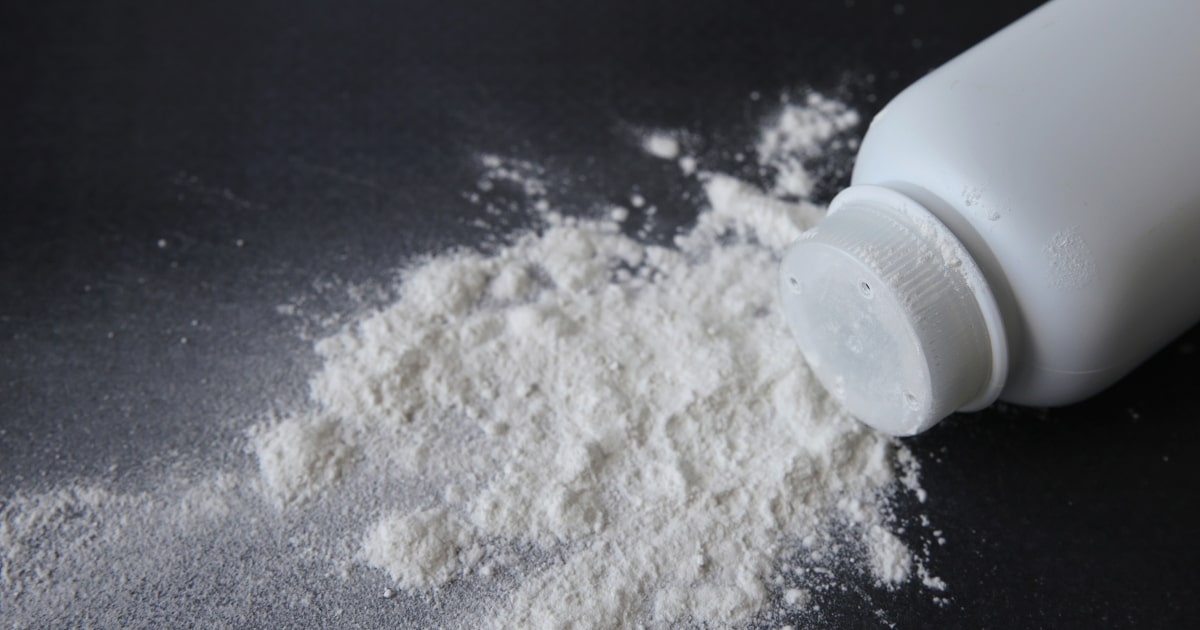
Although rare, asbestos has been found in certain makeup and personal care items in the past, particularly in talcum powder. Asbestos was formerly used as a filler in some talcum powders, although the use of asbestos in these products has been banned in Australia since 2003.
Asbestos fibres can be inhaled while using such products and cause serious health problems. If you are unsure about any personal care products containing talc, it’s best to research product safety online or speak to the manufacturer to confirm that it is asbestos-free.
Some common personal care products that may contain asbestos include:
- Baby powder
- Body powder
- Eye shadows and other cosmetics that use talc
- Toothpaste
Transportation and automotive parts
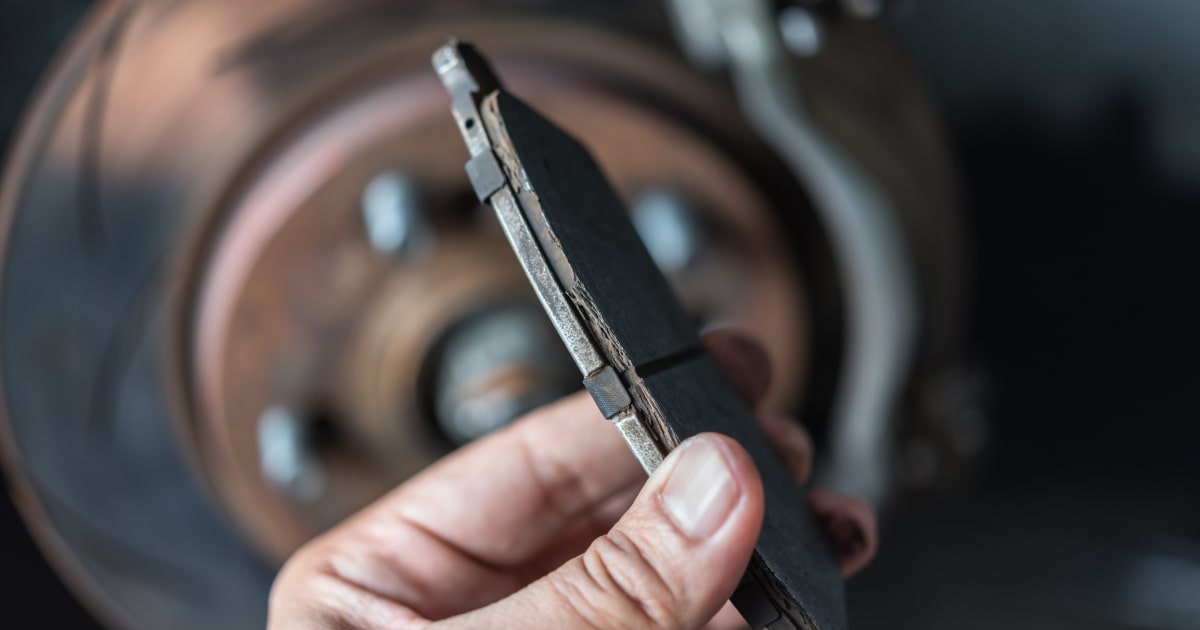
Asbestos was widely used in the automotive industry due to its heat resistance. Asbestos containing products were used to manufacture brake and clutch linings in cars and other vehicles. Brakes and clutches generate a lot of heat, and asbestos was used to help dissipate the heat, making it a common component in these parts. Despite the fact that asbestos use in brakes and clutches has been banned, these products may still be found in older vehicles and machinery.
It’s important to use the services of experienced professionals, who can correctly identify and safely remove asbestos-containing parts.
Here are some transportation, towing and automotive parts that could contain asbestos:
- Brake linings
- Brake pads
- Clutch facings and pads
- Gaskets and insulation materials used in engines, exhaust systems, and transmissions
- Heat shields
Health risks associated with asbestos
Asbestos products can pose a serious risk to our health if not handled with care. When asbestos containing material is broken, fibres can become airborne, and when inhaled, they can get trapped in our lungs and cause asbestos related diseases such as mesothelioma, lung cancer, and other respiratory illnesses.
Seek professional advice when dealing with asbestos-containing materials
Exposure to asbestos can have severe and long-lasting health effects. While regulations have limited its use in new products, many older products may still contain asbestos. It is essential to seek professional help if you suspect that you may have asbestos-containing products in your home or workplace.
Contact the experienced team at Rapid Asbestos Removals today to ensure the safe and effective removal of any asbestos-containing materials. Our experienced team can provide expert inspection, testing, and safe asbestos removal and disposal services to ensure your safety and peace of mind.
Frequently asked questions
The short answer is that you can't tell by looking at it. Asbestos fibres are too small to be seen with the naked eye and have no distinctive visual characteristics. Therefore, you need to have the material tested by a licensed asbestos professional like Rapid Asbestos Removals.
The types of products that contain asbestos are extensive, but some of the most commonly known and used products include asbestos cement, automotive brakes and linings, ceiling tiles, floor tiles, insulation, roofing shingles, spray coatings and even talcum powder.
Yes, asbestos-containing products are banned in several countries, including Australia. In fact, the use of asbestos in building materials was phased out in Australia in the 1980s before being completely banned in 2003. This means that any building products manufactured in Australia after this time should not contain any asbestos.
Asbestos was a commonly used material in many industries such as construction, automotive, and manufacturing. The rationale behind using asbestos in building materials and other products was to enhance their ability to withstand chemicals, heat, and fire.
In Western Australia, the three main types of asbestos used are:
- Chrysotile (white asbestos)
- Amosite (brown asbestos)
- Crocidolite (blue asbestos)
Chrysotile is the most commonly used type and was widely used in building materials such as asbestos cement sheets, roofing, insulation, and brake linings.
There are a number of ways in which individuals can be exposed to asbestos, from workplaces to homes, making it critical for everyone to understand the potential risks involved. When asbestos-containing products are disturbed, such as during construction work or renovation, tiny asbestos fibres are released into the air. The risk of exposure is exceptionally high for those working in industries such as construction, shipbuilding, and demolition.
